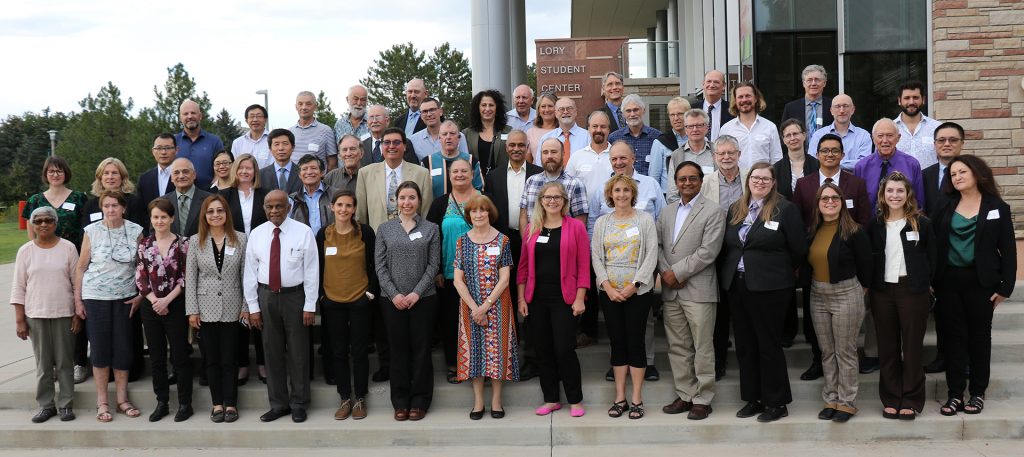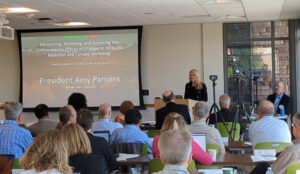
U.N. Environment Program members, top scientists find collaboration at CSU climate workshop
Original article by Jayme DeLoss can be found here in CSU Source

It can be hard to find hope in the face of unprecedented climate crisis. But history holds at least one example of a time when the world united to avert environmental disaster, proving that global collaboration is possible.
Scientists from the United Nations’ leading environmental authority and national scientific organizations gathered Sept. 18 at Colorado State University to share research, form new collaborations and reflect on a moment in history when 198 countries passed an international treaty to rein in a global threat.
The Montreal Protocol of 1987 – with some adjustments over time – successfully phased out the production of ozone-depleting substances that were once common. If the hole in the ozone layer had continued to grow, humanity would have faced millions more cases of skin cancer and an even steeper global temperature hike, according to speakers at a Sept. 18 workshop at CSU.
The workshop, co-organized by the United Nations Environment Programme’s Environmental Effects Assessment Panel and the USDA UV-B Monitoring and Research Program in CSU’s Natural Resource Ecology Laboratory, provided an opportunity for CSU faculty, researchers and students to exchange research and foster new partnerships with visiting scientists from the U.N., NASA, NOAA, NCAR and other universities.
The UNEP Environmental Effects Assessment Panel is one of three panels established by the Montreal Protocol, tasked with assessing the impacts of stratospheric ozone depletion, changes in ultraviolet radiation and how they affect climate change. Policymakers worldwide rely on the panel’s reports for ongoing adjustments to the international agreements protecting stratospheric ozone and life on Earth.

CSU President Amy Parsons welcomed scientists and CSU students to the Monitoring, Modeling, and Assessing the Environmental Effects of Changes in Solar UV Radiation and Climate Workshop.
“We value your partnership and collaboration as we share discovery and work toward solving some of the most challenging issues facing environmental and human health in our world today,” Parsons said.
UNEP officials Sophia Mylona and Janet Bornman also expressed hope for future collaboration between the panel and CSU research program.
“The workshop outcomes will foster cooperation between the two entities and will support the EEAP’s efforts in advising the parties to the Montreal Protocol on pertinent issues,” said Mylona, senior environmental affairs officer for the UNEP Ozone Secretariat.
“The workshop has already prepared the way for our diverse yet overlapping expertise to come together for innovative thinking and collaboration,” added Panel Co-chair Bornman.
During the week, the panel held their annual meeting at CSU, with 37 representatives from over 20 countries. Their agenda included preparing a report for the United Nations on issues related to ozone depletion and ultraviolet radiation.
The USDA UV-B Monitoring and Research Program, directed by Ecosystem Science and Sustainability Professor Wei Gao, is the only U.S. network providing nationwide surface monitoring of UV and other shortwave radiation. The program has established baseline and long-term trend measurements and studies the effects of UV-B radiation in combination with other environmental stress factors on crops.
“The challenges posed by ozone depletion, UV radiation and climate change require a collective effort from the global scientific community,” Gao said. “This workshop provided an opportunity to develop innovative solutions, share expertise, and forge partnerships that will contribute to a sustainable and healthier planet for future generations.”